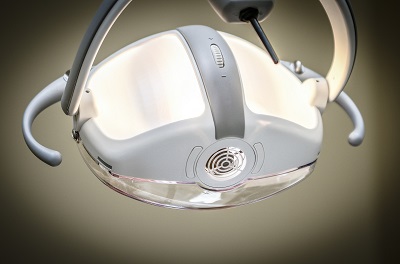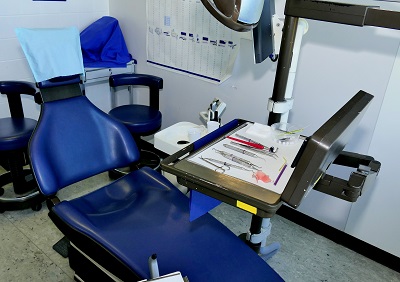Dental bridge to replace missing teeth
Dental implant or dental bridge – or maybe stick with the tooth gap? When someone has to ask him- or herself this question, most likely one of the following two scenarios is true:- Bad accident results in damage inside and around the mouth that requires professional attention
- Advancing age leads to a continuously decreasing amount of healthy teeth
In my grandfather’s case, scenario B clearly fit the bill as he had several missing teeth in the upper right side of his mouth that were clearly bothering him. So we had to find a solution and since my grandfather did not seem very enamored by dental implants (he called them “jaw screws”) we had to look for other alternatives. He still had too many of his healthy teeth left for a full denture and having to insert and take out a smaller portable dental prosthesis all the time seemed like a nuisance in the long run. Therefore, we decided to find out more about these so-called dental bridges. Let’s shine some light on them!

What is a dental bridge?
In order to correct the visual and functional inconveniences caused by up to four missing teeth, many dentists recommend the use of so-called dental bridges. These medical devices can either be removable or permanently integrated in the oral cavity of a patient. In cases when dental bridges are used in the front part of a patient’s mouth (i.e., in the visible part of the mouth) they are usually made from plastic or ceramic material in order to emulate the white color of and blend in with the surrounding healthy teeth. The goal of a dental bridge is the preservation of a patient’s ability to chew properly by closing any existing tooth gaps that could lead to mal-positioning of the surrounding teeth (as healthy teeth may “wander” into the empty areas created by the missing teeth). Additionally, the longer-term absence of several teeth may lead to excessive pressure on the remaining healthy teeth and gums and thereby cause more dental problems in the future if left unaddressed. Modern dental bridges consist of three crucial components:- Pillar Teeth (also called Anchor Teeth) – Healthy teeth capped with dental crowns or dental implants that serve as supporting “pillars” for the dental bridge
- Dental Bridge Links – Levitating pieces of a dental bridge (located between the pillar teeth) that are situated above tooth gaps and that replace missing teeth
- Dental Bridge Anchor – Connector pieces between dental bridge links and pillar teeth that are attached to the capped pillar teeth
In general, dental bridges are a durable and long-lasting form of tooth replacement and can last between 5 and 30 years. That all sounded pretty good – so then let’s take a seat in the dentist’s chair.

Before giving the green light to the procedure, we still had one more question to ask – the all-important and, unfortunately, always essential question about the cost!
How much does a dental bridge cost?
The exact costs of a dental bridge are variable and depend heavily on the bridge span (number of replaced teeth), the material (e.g., gold, titanium, plastic, ceramic), and the location of the dental bridge. Irrespective of the number of teeth that need to be “bridged” (i.e., replaced), the costs associated with preparing the pillar teeth remain the same – only the costs stemming from the manufacture of the dental bridge links vary depending on their number. State insurers only provide a set reimbursement amount that covers part of the total cost and that varies with the number of bridge links.Depending on the material used and the span of the dental bridge, patients should expect to face an out-of-pocket expense ranging from EUR 500 up to EUR 3,000 or even more.
For more stories, check out the DentalAce blog and join our online community for free.


